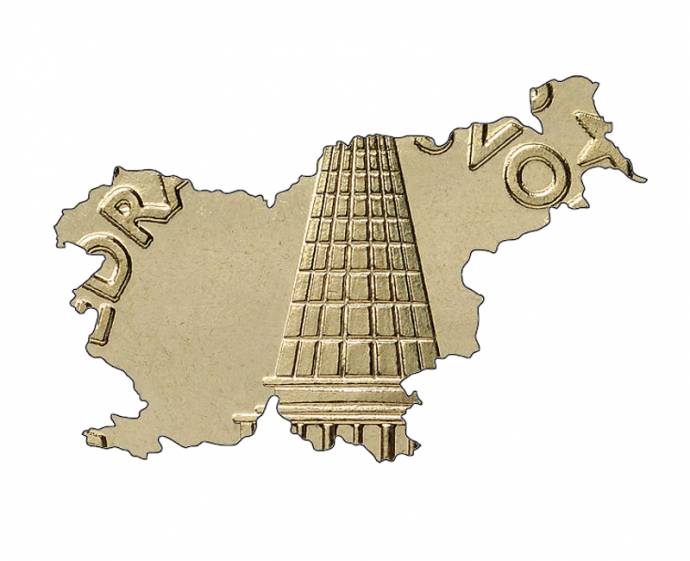In the first six months of this year a high surplus was generated, reaching EUR 218m or 1.0% of GDP, while in the first half of 2017 a deficit was recorded in the amount of EUR 37m or 0.2% of GDP.
The general government surplus in the second quarter was mainly influenced by high revenue, which rose by 6.2% and exceeded the growth of expenditure, which was also high, at 4.5%.
The first half of this year was marked by high growth of total tax revenue. In the first quarter it was up by 7.5% and in the second by 7.6%.
In the second quarter of 2018, the general government collected EUR 183m more tax revenue than in the same period last year.
Up the most in year-on-year comparison was revenue from taxes on income and wealth, which grew by 14.1%, the highest rise since the fourth quarter of 2007. The revenue mostly came from taxes on individual or household income (+17%).
Revenue from taxes on production and imports was 4% higher, of which revenue from taxes on products grew by 3.1%.
Revenue from social contributions was up by 10.5%, the same as in the third quarter of 2017, when the highest growth since 2008 was recorded.
In the first half of 2018, tax revenue was up by EUR 345m.
Similarly to revenue, government expenditure increased for the sixth consecutive quarter as well. It grew by 4.5% in the second quarter.
The highest growth was recorded within gross fixed capital formation (12.7%) and expenditure on intermediate consumption (12.1%).
Compared to the same quarter of 2017, expenditure on wages rose by 5.2%, subsidies by 5.0% and social benefits in cash and in kind by 4.2%.
On the other hand, interest expenditure continued to decrease, dropping by 11%; mainly due to active management of the government debt and the exploitation of favourable conditions on the financial markets, the Statistics Office said.
Consolidated general government gross debt decreased by EUR 688m compared to the first quarter to EUR 32.31bn or 72.8% of GDP. Debt in long term securities decreased the most.
Central government debt was estimated at EUR 31.75bn (71.5% of GDP) and local government debt at EUR 764m (1.7% of GDP). Social security fund debt remains negligible at EUR 0.7m.






